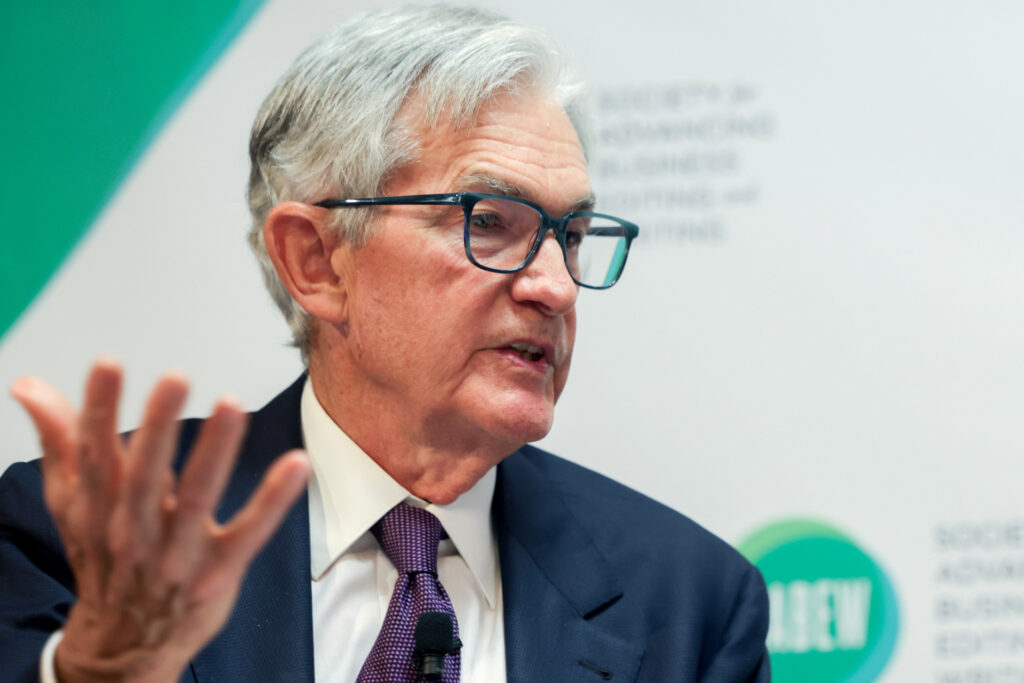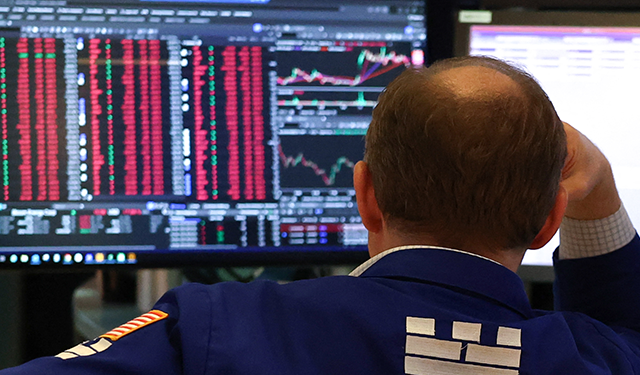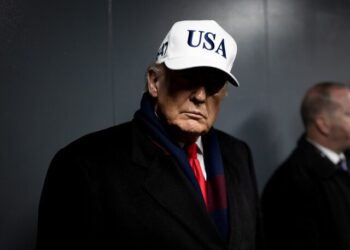In recent weeks, Wall Street has experienced significant volatility in response to President Donald Trump’s implementation of substantial tariffs on key trading partners, including China, Canada, and Mexico. These measures, aimed at addressing trade imbalances and protecting American industries, have elicited a range of reactions from investors, economists, and policymakers.

Market Volatility and Investor Concerns
The announcement of tariffs led to a sharp decline in major stock indices. The Dow Jones Industrial Average fell over 2,200 points, marking one of its most significant drops since the 2020 COVID-19 pandemic. Similarly, the S&P 500 and Nasdaq Composite experienced substantial losses, with the latter entering bear market territory after a 20% decline from its December peak. This downturn resulted in a loss of approximately $6.4 trillion in market value over a two-day period.
Investors expressed concerns that the tariffs could lead to increased costs for U.S. businesses and consumers, potentially stoking inflation and slowing economic growth. The broad nature of the tariffs, particularly those targeting Asian nations, intensified fears of a global trade war and its possible repercussions on the U.S. economy.
Economic Implications and Expert Analyses
Economists have weighed in on the potential long-term effects of the tariff policies. Some warn that sustained tariffs could lead to stagflation—a combination of stagnant economic growth and rising inflation. The increased costs of imports may be passed on to consumers, leading to higher prices and reduced purchasing power. Additionally, retaliatory measures from affected countries could harm U.S. exporters, further impacting economic performance.
However, some financial advisers urge caution against making hasty investment decisions based on short-term market movements. They emphasize the importance of maintaining a diversified portfolio and focusing on long-term investment strategies, noting that markets have historically recovered from similar downturns.
Policy Justifications and Political Responses
The Trump administration has defended the tariff strategy as a necessary step to rectify unfair trade practices and reduce the trade deficit. President Trump has characterized the measures as “reciprocal tariffs,” aiming to level the playing field for American businesses and workers.
Critics, including some business leaders and economists, have questioned the effectiveness of the tariffs and expressed concerns about their potential to escalate into a full-blown trade war. The Wall Street Journal editorial board labeled the approach as “the dumbest trade war in history,” highlighting the risks of alienating key economic partners and the potential negative impact on the U.S. economy.
Looking Ahead: Potential Outcomes and Strategies
As the situation evolves, several scenarios could unfold:
- Negotiated Settlements: The U.S. and its trading partners could reach agreements that address trade imbalances and lead to the reduction or elimination of tariffs.
- Prolonged Trade Disputes: Ongoing tit-for-tat tariff implementations could persist, potentially leading to a protracted trade war with broader economic implications.
- Market Adjustments: Businesses may adapt by altering supply chains, seeking new markets, or passing costs onto consumers, leading to shifts in the economic landscape.
Investors and policymakers will need to monitor developments closely, considering both the immediate market reactions and the longer-term economic impacts of trade policies. Maintaining open channels of communication and seeking collaborative solutions may help mitigate potential negative outcomes and promote global economic stability.




















